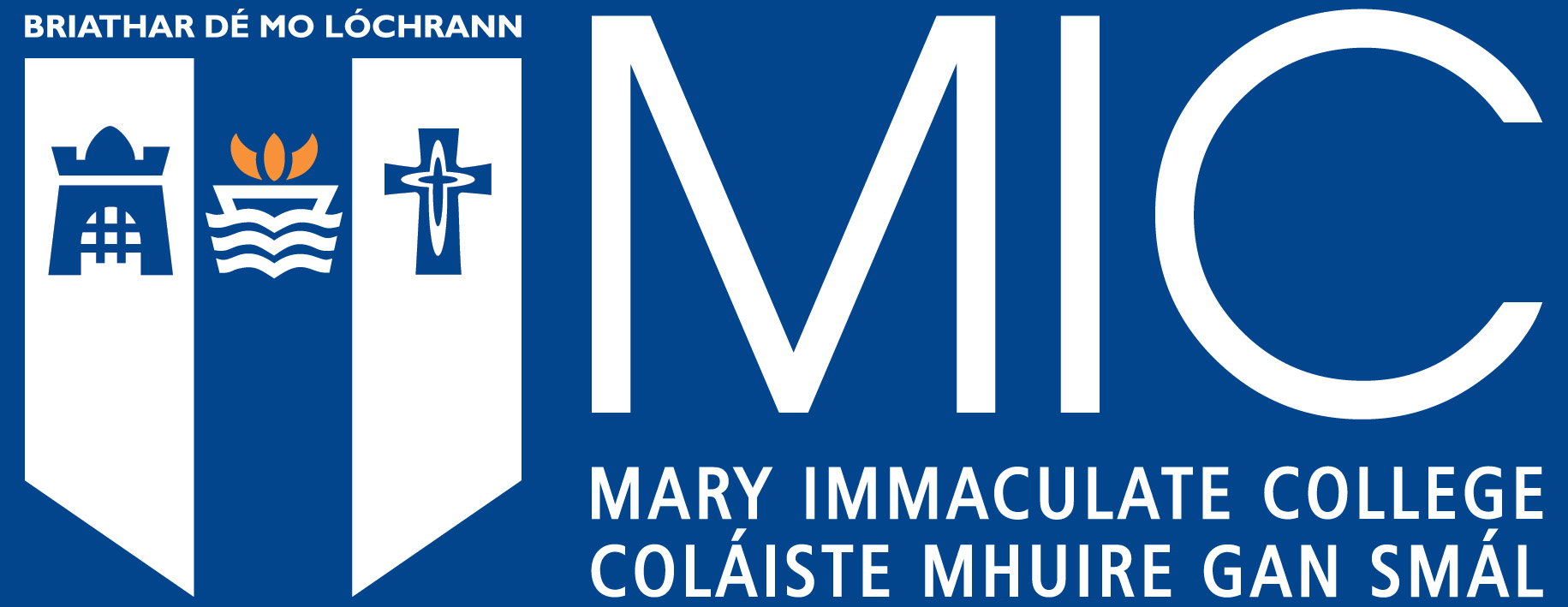An examination of the effect of green exercise and nature connectedness on the psychological well-being and attentional capacity of primary school-aged children
Abstract
Aim
Research into the positive impact of green exercise on the psychological well-being and attention of adults has been largely confirmatory. Early exploration into the effects of green exercise on children has produced contrasting findings. Green exercise refers to exercise which takes place in an environment with a high level of natural greenness. Connectedness denotes the level of affective connection an individual has to the natural environment. This study aimed to compare the effects of green exercise, non-green exercise, connectedness to a green environment and connectedness to a non-green environment on the psychological well-being and attentional capacity of 3rd-6th class primary school students.
Method
350 participants took part in the study. Utilising a mixed research design, 56% of participants completed green and non-green exercise and 43% of participants completed a green and non-green connectedness activity. In addition to measures of mood and attention, demographic information was gathered for each participant, as well as information regarding attitudes to exercise and to the intervention environments.
Results
Pre and post data were statistically analysed using multi-level modelling. Environmental setting showed significant effect on post-intervention positive affect; the urban environment brought greater positive impact. Participation in a nature connectedness activity did not significantly predict change to mood or attention post-intervention. Greater enjoyment and aesthetic value attached to a particular environment lead to higher levels of positive affect and lower levels of negative affect. Gender significantly impacted on post-intervention levels of affect; females reported higher levels of positive affect and lower levels of negative affect than males.
Conclusions
While the psychological effects of participation in green exercise and nature connectedness activities have been broadly lauded in adult-based research, the current research indicates that, for children, the process of gaining the benefits of green exercise and nature connection is complex. The study indicates that individual differences, including gender and personality, should be recognised during the policy-making process and in implementing well-being driven interventions for children.
Keywords
Green exerciseNature connectedness
Well-being
Attention
Multi-level model


